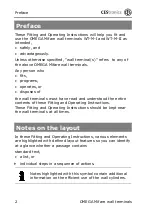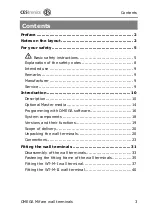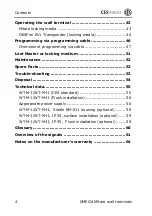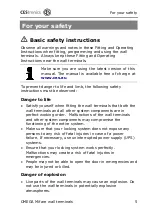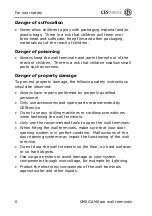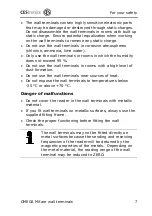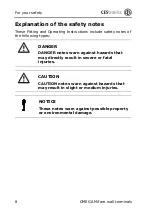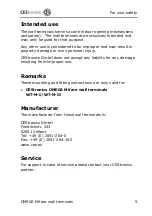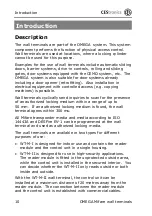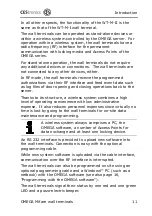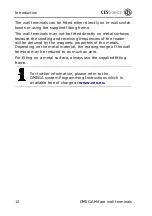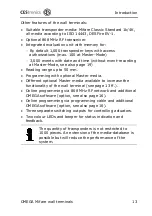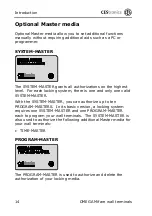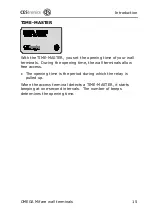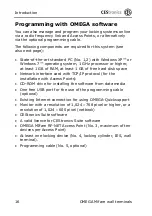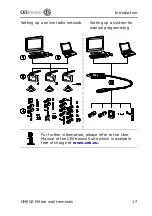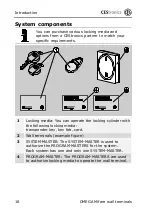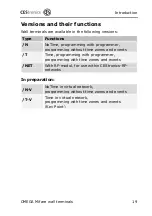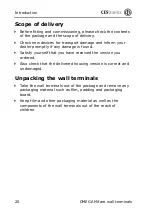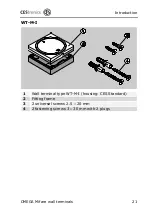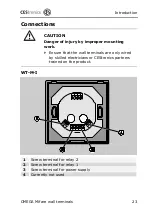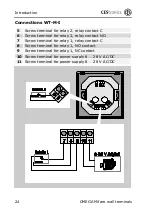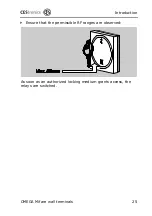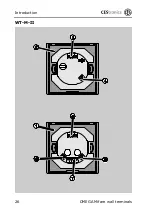
Introduction
OMEGA Mifare wall terminals
11
In all other respects, the functionality of the WT-M-II is the
same as that of the WT-M-I wall terminal.
The wall terminals can be operated as stand-alone devices or
within a wireless system controlled by the OMEGA server. For
operation within a wireless system, the wall terminals have a
radio frequency (RF) interface for the permanent
communication with locking media and Access Points of the
OMEGA series.
For stand-alone operation, the wall terminals do not require
any additional devices or connections. The wall terminals are
not connected to any other devices, either.
In RF mode, the wall terminals receive the programmed
authorizations via their RF interface and feed event data such
as log files of door opening and closing operations back to the
server.
Thanks to its structure, a wireless system combines a high
level of operating convenience with low administrative
expense. It also reduces personnel expenses since virtually no
time is lost by going to the wall terminals for on-site data
maintenance and programming.
A wireless system always comprises a PC, the
OMEGA software, a number of Access Points for
data exchange and at least one locking device.
An RS 232 interface is provided to upload new software into
the wall terminals. Connection is easy with the optional
programming cable.
While new system software is uploaded via the cable interface,
communication over the RF interface is interrupted.
The wall terminals can also be programmed on site using an
optional programming cable and a Windows™ PC (such as a
netbook) with the OMEGA software (see also page 16,
"Programming with the OMEGA software").
The wall terminals signal their status by one red and one green
LED and a piezo-electric beeper.


